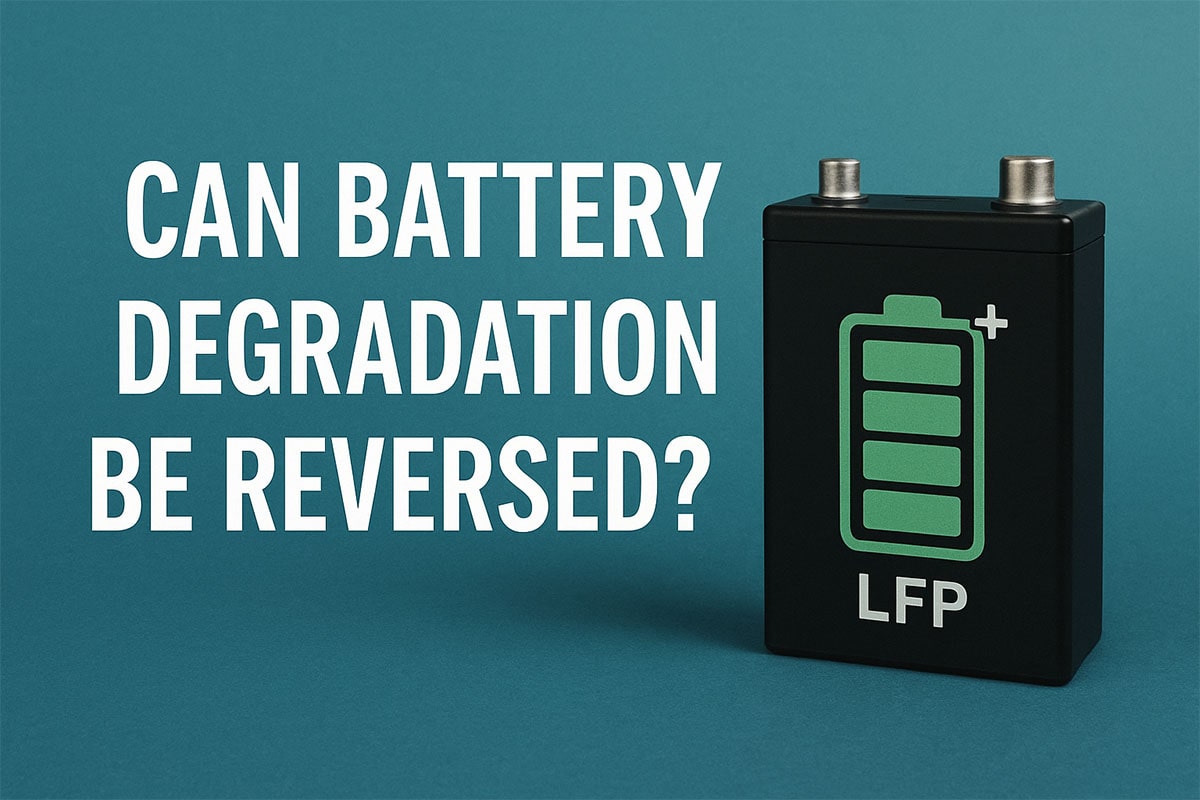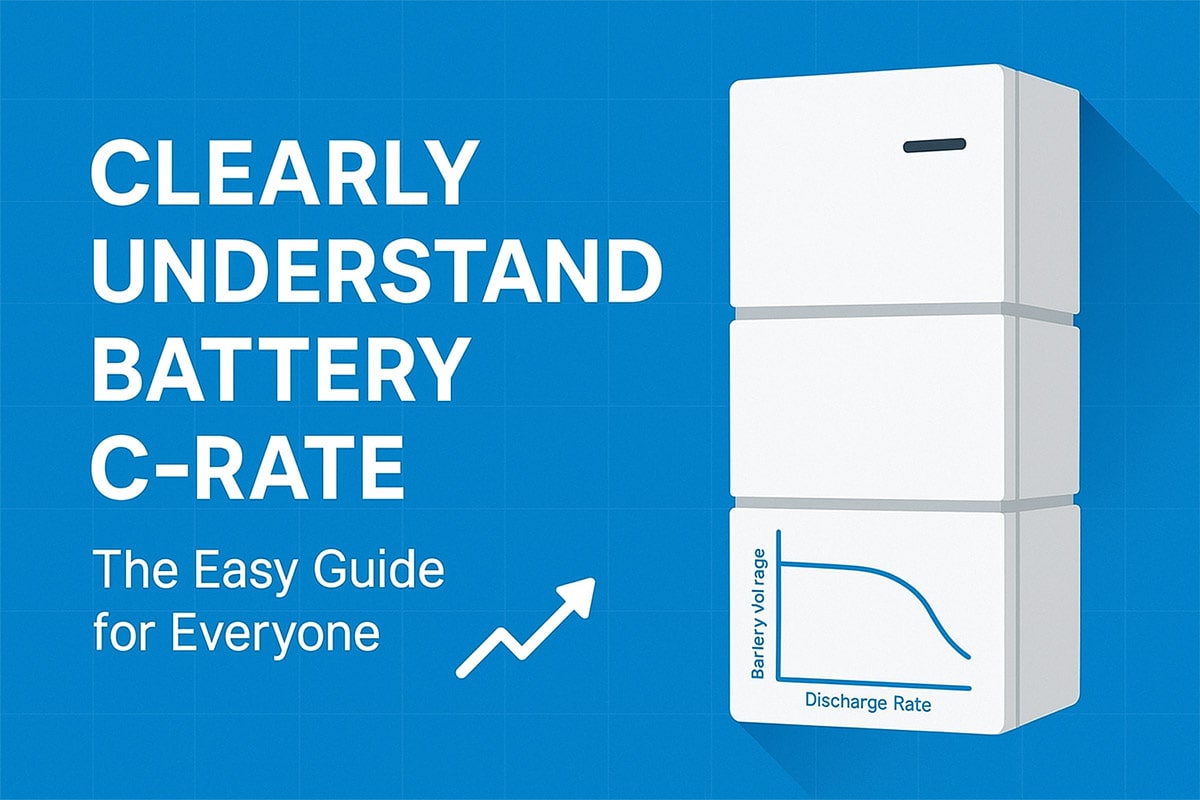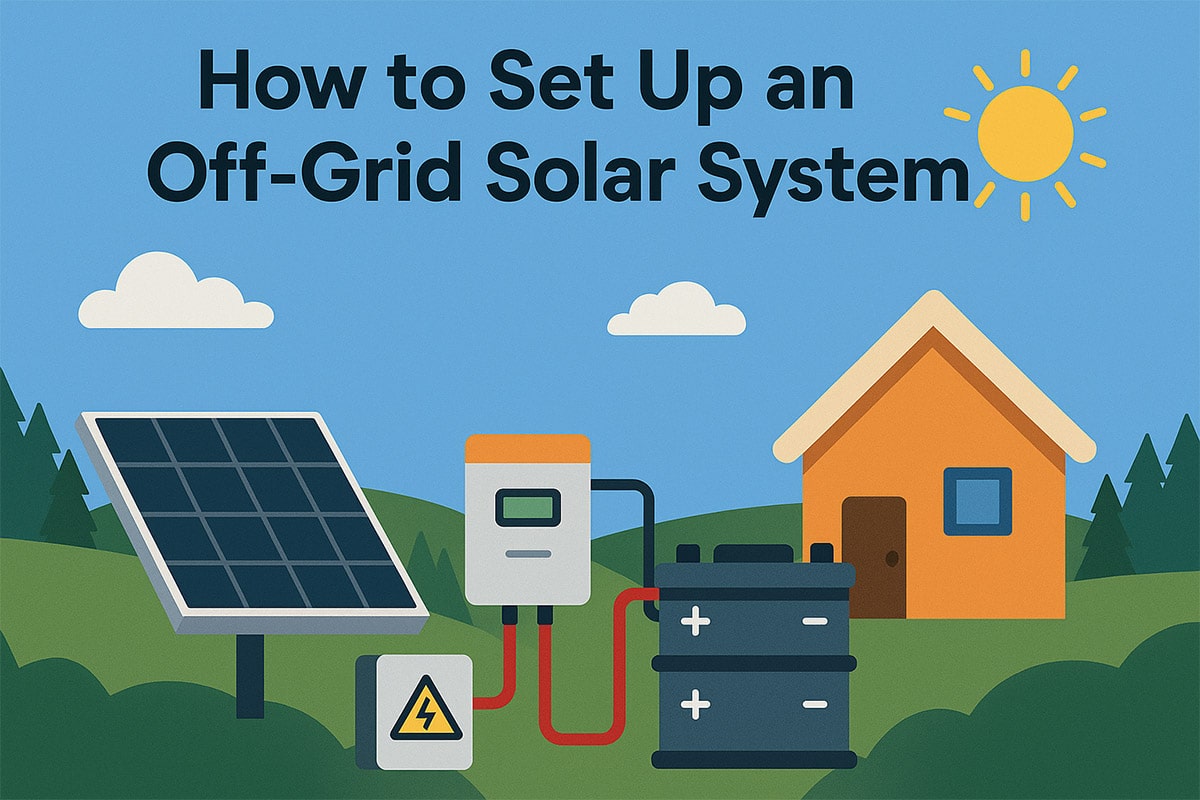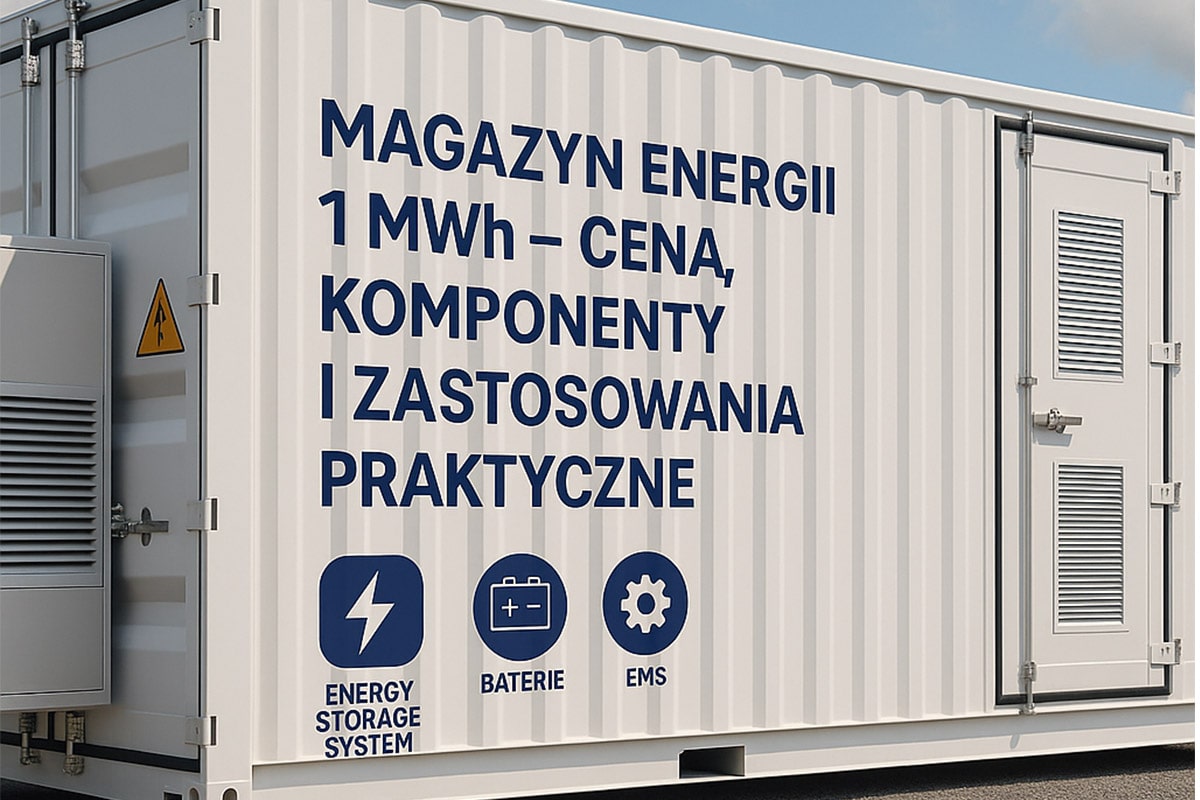Top 10 Misconceptions about Solar PV and the Truth
Top 10 Misconceptions about Solar PV and the Truth
Solar power and the solar industry have grown tremendously over the past decade and are now a recognized and competitive renewable energy source. Despite this (or perhaps because of it), solar energy is surrounded by misconceptions, rumors and false facts, clouding its bright future. This article explains the top ten most common misconceptions about solar energy and the truth, from Sven Lindstrom, CEO of Midsummer Sweden.
Myth 1: Manufacturing a solar cell consumes more energy than it produces over its lifetime (in other words, manufacturing a solar cell produces more CO2 than is reduced over its lifetime).
Fact: Absolutely not. Today, the energy payback period for silicon solar cells is less than two years. The energy payback period of thin-film solar cells is less than one year! After this period, energy (and carbon dioxide) is saved and accumulated over the remaining lifetime of the solar cell. Solar cells are thus extremely environmentally friendly.
Myth 2: Solar is not financially viable without subsidies.
Fact: Subsidies are being removed rapidly, while technological advances continue to make solar cells more efficient. Today, solar power is cheaper than buying electricity (at market rates) almost anywhere in the world where the sun shines. The cost of solar energy has dropped rapidly over the past 12 months, making it more competitive with even the cheapest fossil fuels. A utility owned by US tycoon Warren Buffett recently negotiated a purchase price of 3.87 cents per kilowatt-hour for First Solar’s Nevada plant. This is probably the cheapest electricity rate in the US and most of the world.
Myth 3: Once the global warming “hoax” is debunked, no one will be interested in solar energy.
Fact: Whether you believe in global warming or not (and most do), solar photovoltaics are an attractive way to generate your own electricity at a predictably low cost. In sunny regions, this is perhaps the cheapest way to generate electricity, achieving energy independence for individuals, businesses and countries. It is also expected to create jobs. So global warming, believe it or not, really has nothing to do with the benefits of solar energy.
Myth 4: All solar cell manufacturers are loss-making.
Fact: Some lose money, but not all lose money. Many silicon solar cell manufacturers compete in the same field with the same technology. They have a hard time. Other areas are profitable, such as thin-film lightweight flexible solar panels.
The solar industry is immature, and the leaderboards and markets are constantly changing. In effect, we are witnessing a fledgling new industry entering a traditional consolidation phase, with winners and losers, and those who survive face a bright and profitable future.
Insightful roofing and construction companies that see BIPV as the “next big thing” are sure to be among the future winners. Solar cells will be better integrated with roofs and facades, and current manufacturers of building materials have a good chance of winning market share in this segment.
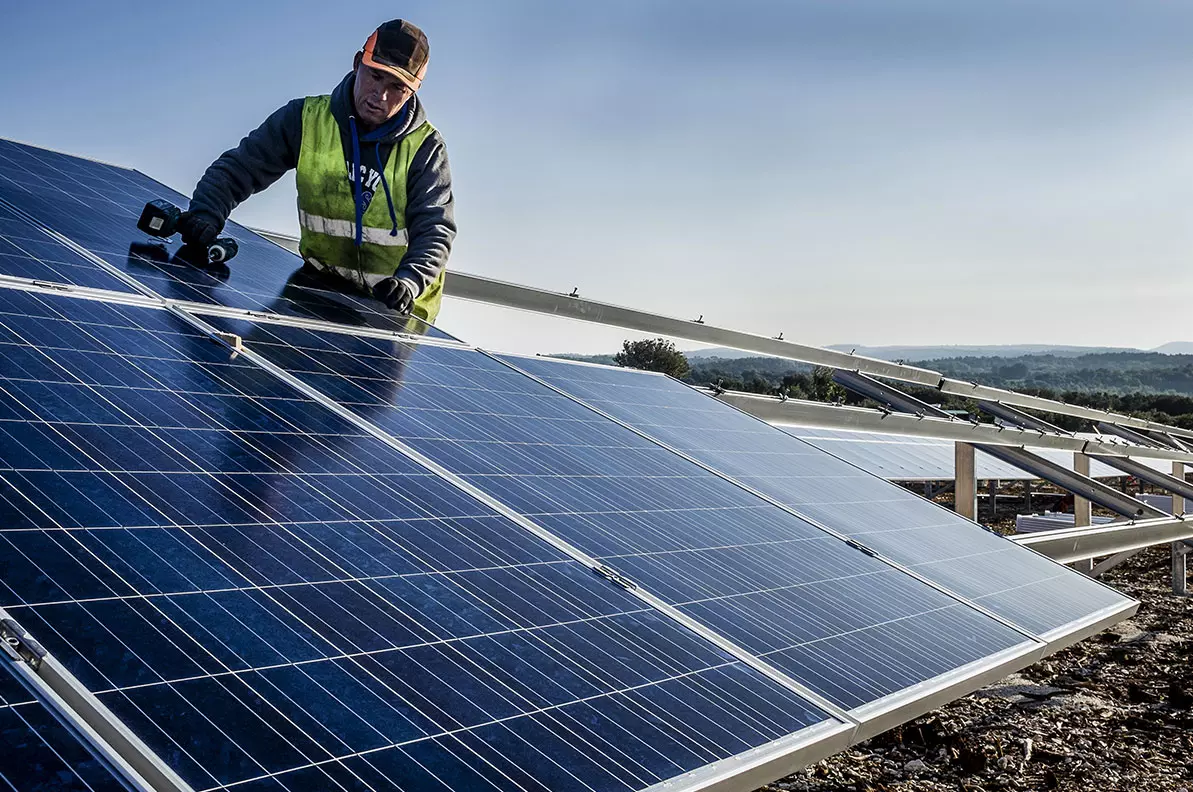
Myth 5: Solar power will only be attractive if Tesla or any other battery maker starts mass producing cheap, high-efficiency batteries for power storage.
Fact: See Misconception 2. Solar energy is already a very cost-competitive energy source. Cheap, high-efficiency batteries would certainly enhance solar’s appeal, but the fact that solar power is generated when demand is greatest (i.e. midday) makes solar less reliant on storage means than many other energy sources.
Myth 6: Cheap coal and the current energy mix (often dirty fossil fuels or nuclear power) will continue to dominate global energy production for the foreseeable future.
Fact: Don’t bet on it. If you don’t believe me and most scientists, follow the money. Utilities’ bonds are being downgraded on Wall Street as their business models, based on generating monopoly power, are being challenged by large volumes of their own generation. The cost of distributed generation has dropped significantly, and this has hurt for-profit utilities. In many countries, such as Germany, solar energy has reached “grid parity”.
Myth 7: Solar cells are ugly, unsightly, and detrimental to the appearance of the city.
Fact: There is no denying that the current practice of installing traditional silicon solar panels on roofs is detrimental to the appearance of many older buildings. But the BIPV trend will bring solar energy into residential areas without anyone noticing. Thin-film lightweight flexible solar panels can be well integrated into roofing materials, not only to ensure aesthetics, but also to reduce installation costs.
Myth 8: In the future, solar cells can be painted onto the facade with a paintbrush.
Fact: Sure, building integrated photovoltaics is exciting, and the narrative is widely circulated in popular science, but it’s not likely to happen, at least in our lifetimes. The third-generation dye-synthesized solar cells are extremely sensitive to humidity and will degrade when exposed to sunlight. Such cells cannot be painted with a brush, but must also be encapsulated, connected by a series circuit, etc.
Myth 9: Thin-film solar cells are made with rare earth elements like indium, which eventually (or soon) become depleted.
Fact: Some scientists and politicians say we will run out of rare materials like indium, just as we are running out of the world’s oil reserves. But this is far from the truth. Indium, silicon, gallium, etc. are the basic chemical elements on the periodic table, so they are impossible to destroy. Basic chemical elements cannot be “exhausted”, but only change form, location and application. There will always be as much indium on Earth as there has been, and it can be recycled. There are three times as many indium reserves in the earth’s crust as silver, but no one said that silver will run dry… Moreover, suppliers of solar cell production equipment have managed to halve the thickness of thin-film solar cells in recent years, in the process Significantly reduced rare material requirements.
Myth 10: Everything will be powered by solar energy in the future.
Fact: There are certainly reasons to be optimistic about solar energy, but the future will be as diverse as it is today. The renewable energy component of the mix will grow but will still include solar, wind, hydro and other sources.

